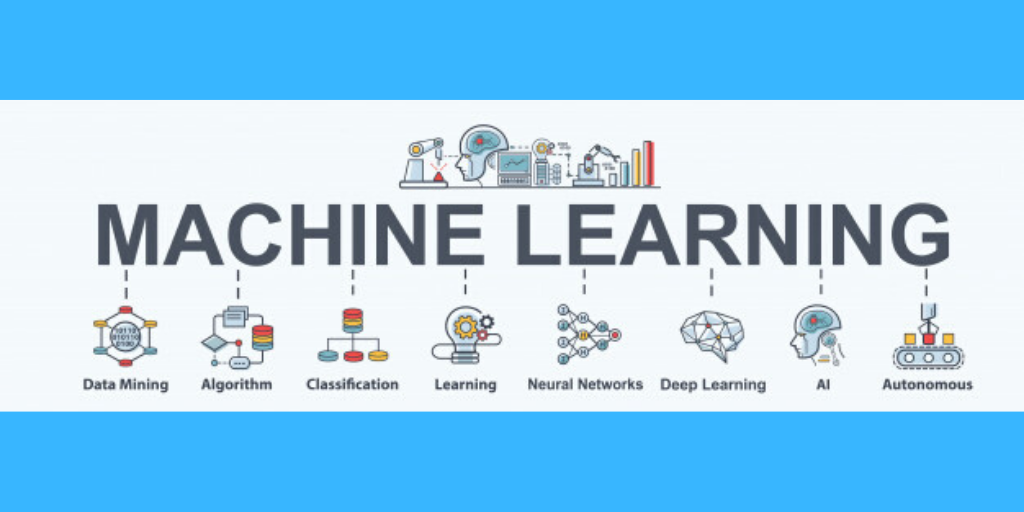
In a world machine learning technology will going up and while going all manual tasks are being changing. Right now the machine learning algorithm helps for all industries such as healthcare, bank, software and Retail, Automotive, Government sector, Oil & Gas Industries.
The main feature of this revolution that stands out is how computing tools and techniques have been democratized. In the past 3 years, data scientists have made classy data-crunching machines by flawlessly executing advanced techniques.
There are 3 types of Machine Learning methods: Supervised Learning
Here I am going to list the top 10 common Machine Learning Algorithms
In Linear Regression we start the relationship between independent and dependent variables by fitting the best line. This best right line is known as regression line and represented by a linear equation Y= a *X + b.
In this equation:
Y – Dependent Variable
a – Slope
X – Independent variable
b – Intercept
These coefficients a and b are resulting based on reducing the sum of squared difference of distance between data points and regression line.
Logistic Regression, it forecasts the probability of occurrence of an event by fitting data to a logit function, and it is also known as logit regression.
Here I listed below are frequently used to help improve logistic regression models
It is one different type of supervised learning algorithm that is typically used for classification problems. Unexpectedly, it works for both categorical and continuous dependent variables. In this algorithm, we divided the population into two or more similar sets.
In SVM, each data item as a point in n-dimensional space with the value of each feature being the value of a particular organization. These Lines called classifiers can be used to divide the data and plot them on a graph.
Naive Bayes is classifier accepts that the presence of a particular feature in a class is unconnected to the presence of any other different feature.
Compare to all Naive Bayesian is easy to form and useful for enormous datasets. And it is known to outperform even highly cultured classification methods.
For this Knn can be used for both classification and regression. However, but most of the time for Knn using classification problems in the industry. K nearest neighbors is a simple algorithm that stores all available cases and classifies new cases by a popular vote of its k neighbors.
Before going to select KNN should consider below things
It is very simple and easy to classify a given data sets over a certain number of clusters. And it is a type of unsupervised algorithm. Data points inside a cluster are homogeneous and heterogeneous to noble groups.
How K-means forms clusters:
With the above centroids, the closest distance for each data point is determined. This process is frequent until the centroids do not change.
Random Forest is a symbol term for an ensemble of decision trees. In Random Forest having a group of decision trees. To categorize a new object based on features, each tree gives a classification and we say the tree votes for that class.
Each tree is established & grown as follows:
Each tree is grown to the most substantial extent possible. There is no pruning.
In today’s world, a massive number of data is being stored and analyzed by corporates and government sectors, research organizations. As a data scientist, you know that this raw data contains a lot of information the challenge is in classifying significant designs and variables.
Gradient is a boosting algorithm used when we deal with a lot of data to make an estimate with high estimate power. Improving is actually a collective of learning algorithms which combines the calculation of several base estimators in order to improve robustness over a single estimator.
If you want to start your career in machine learning? Then start now itself, this is the right time to start your career in Machine Learning. Because machine learning is trendy concepts so the field is increasing, and the sooner you understand the choice of machine learning tools, the rather you’ll be able to offer solutions to complex work problems. We are NearLearn, providing good knowledge of Python, Deep Learning with the Tensor flow, blockchain, react native and reactjs, machine learning training in Bangalore. If you have any queries regarding our training please contact www.nearlearn.com or info@nearlearn.com.
Powered by "WordPress" Theme: powered by:WordPress Design By "WordPress"